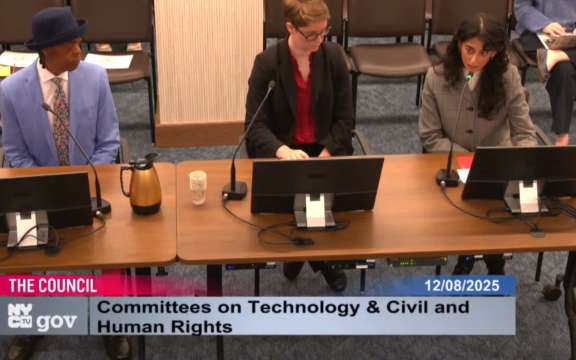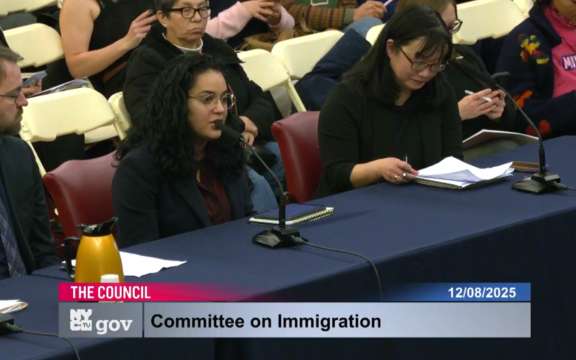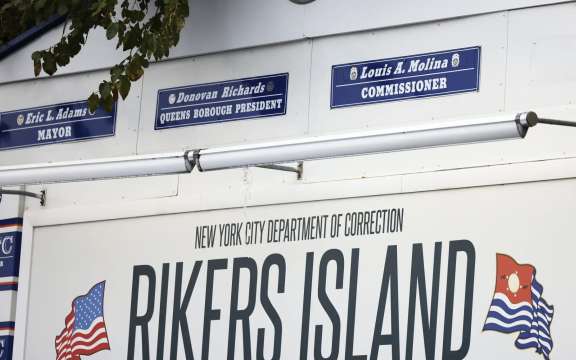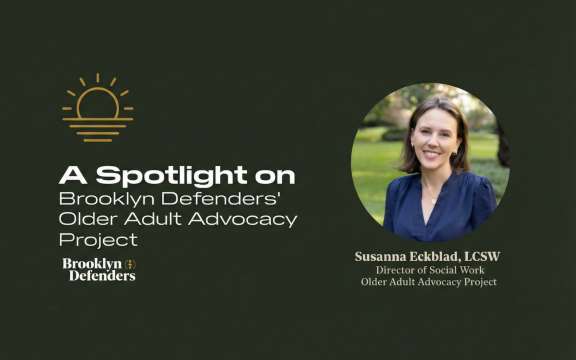New York City Council Committee on Public Safety Regarding the NYPD’s Strategic Response Group
In 2015, the NYPD’s Strategic Response Group (SRG) was founded as a rapid-response, counterterrorism unit. Despite its intended purpose, in recent years the SRG has been deployed to police protests, actions, and demonstrations across New York City, and has gained a reputation for being violent and operating without oversight. Within the first year of its inception, the SRG doubled in size and its budget increased from $13 to $90 million. Even with this inflated budget, the goals of the Strategic Response Group remain unclear; every policing activity performed by the SRG is already carried out by another unit within the NYPD.
During the summer of 2020, in the midst of the COVID-19 pandemic, the Strategic Response Group was deployed at numerous protests against police brutality in New York City. Throughout the summer, the SRG continuously employed the very same violent and dangerous tactics New Yorkers were exercising their First Amendment rights against. These egregious tactics include both the use of bicycles as weapons and kettling, the practice of corralling protestors for arrest. In their report on the NYPD Response to the George Floyd Protests, the NYC Department of Investigation indicated that the SRG used excessive force and “failed to discriminate between lawful, peaceful protesters and unlawful actors.”
The SRG not only responds to reports of large gatherings or civil disobedience. Under the direction of Mayor Adams, the SRG has now been deployed to areas that were deemed as high crime. In Brooklyn, it was announced that SRG would be deployed to the 67th,73rd, and 75th precincts. These NYPD precincts are already infamous for their mistreatment of New Yorkers and have some of the highest rates of CCRB complaints Citywide. As public defenders, the people we serve are disproportionately arrested in these precincts, which are located in Black and brown communities that are subject to high rates of policing and government surveillance. Instead of investing in improved services, schools, infrastructure, and community, heavily armed officers trained in paramilitary tactics are being moved into Black and brown, low-income neighborhoods.
View the full testimony here.



